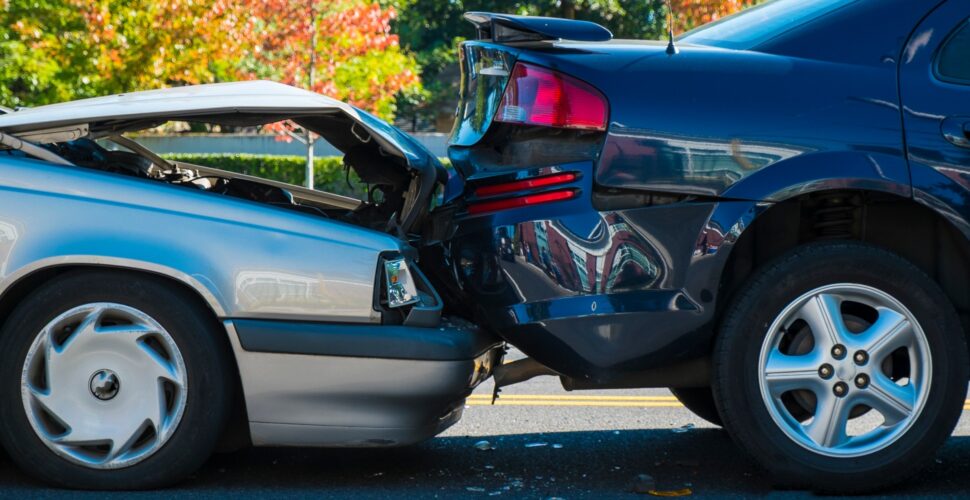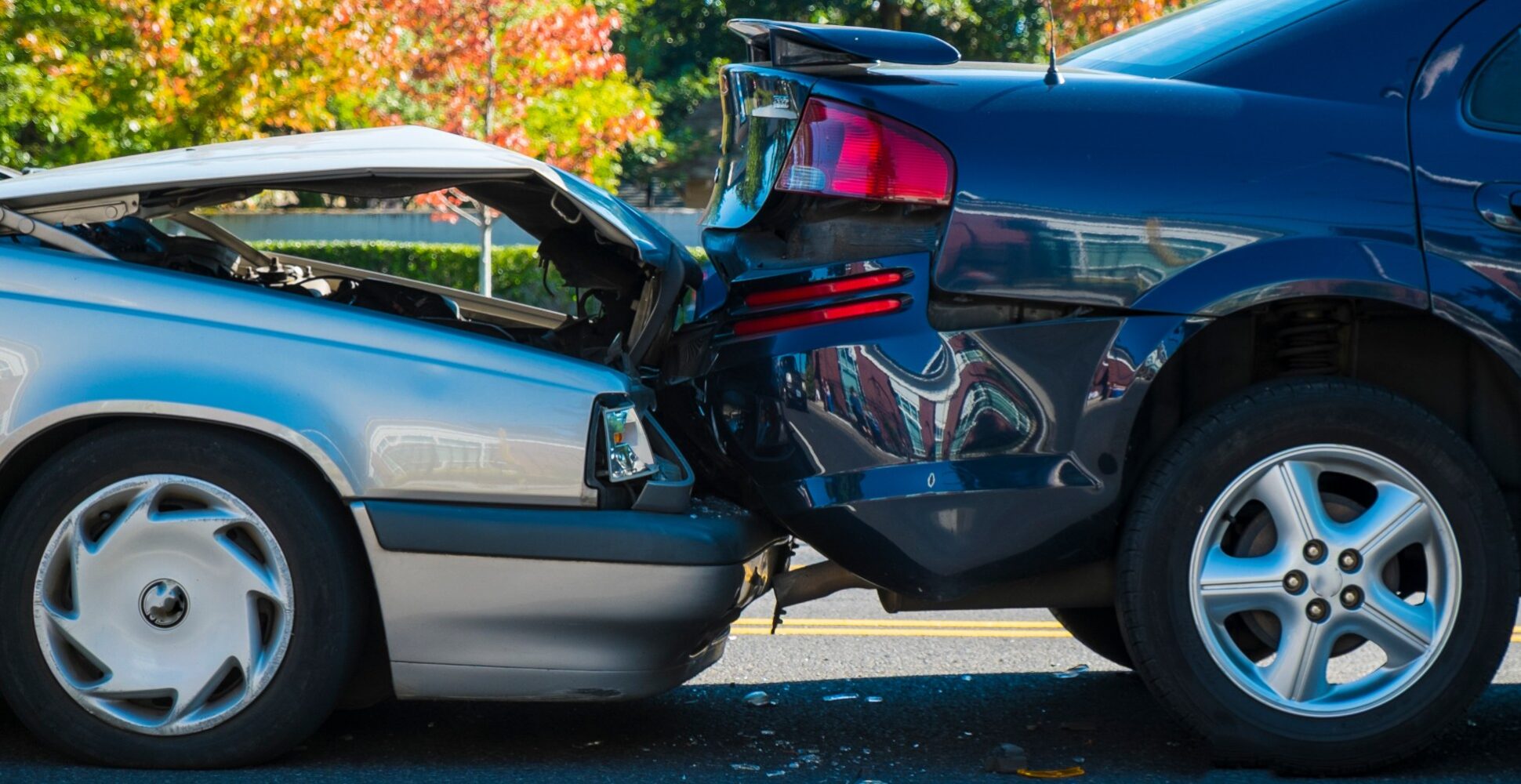Motor Vehicle Accidents
What is considered pain and suffering in a car accident?


The term pain and suffering is used in legal proceedings to describe the physical and emotional injuries that a victim has sustained due to the effects of a car accident. Any physical or emotional injuries that impact your ability to live a normal life following a car accident may entitle you to compensation.
If you are a victim of a car accident and want to better understand what is considered “pain and suffering” from a legal perspective, review the information below to learn more about:
- Examples of pain and suffering
- How pain and suffering is calculated
- How to prove pain and suffering
- Making a claim today
Examples of pain and suffering from a car accident
There are these types of pain and suffering that can be put forward in a compensation claim following a car accident. There is physical and emotional pain and suffering experienced by a victim.
Physical pain and suffering
Physical injuries sustained following a car accident impact the victim’s quality of life. The pain suffered in most cases requires emergency treatment or long-running care over a period of time. In more extreme cases, the effects of the injury are irreversible even if therapy to reduce their severity is available.
Examples of physical pain and suffering:
- Brain injury
- Back pain
- Neck pain
- Broken or fractured bones
- Internal organ damage
- Nerve damage
- Headaches
- Pulled or sprained muscles
- Dislocated joints
- Paralysis
Emotional pain and suffering
Emotional injuries sustained following a car accident can result in mild or even severe mental and psychological changes that can last long after the accident. The emotional pain following a car accident can be debilitating and have a profound and lasting impact on a victim’s quality of life.
Examples of emotional pain and suffering:
- Psychological trauma
- Fear
- Insomnia
- Worry
- Anger
- Grief
- Cognitive changes following a head or brain injury
- Loss or diminishment of quality of life
- Frustration
- Post-traumatic stress disorder
Loss of a loved one
In instances where the physical injuries sustained in a car accident result in the victim’s death, the family is entitled to make a separate wrongful death claim. Compensation is meant to help them cope with the loss of support and financial loss of their loved one (especially if that family member was the family’s financial provider).
This claim is a way to hold the driver accountable for their actions and the impact their actions have had on the lives of others.
How is pain and suffering calculated in a car accident?
Due to the unique nature of every personal injury claim, calculations for pain and suffering depend on the individual facts and circumstances of each case. However, two methods are frequently used to help calculate the pain and suffering endured by a victim.
How to prove pain and suffering from a car accident
Being a victim of a car accident is undoubtedly a traumatic experience; having to then prove the legitimacy of the injuries sustained is a painful reality. Unfortunately, proving pain and suffering is a crucial component in a successful compensation claim.
Providing documentation and evidence to support your claim will illustrate how the accident has impacted your life due to the pain and suffering. This evidence may include:
- Doctors’ notes
- Medical evidence
- Photographs
- Personal journals that document pain, suffering and other effects
- A therapist or mental health counsellor’s report
If the task of gathering evidence of this nature is an issue for you to do yourself, please speak to our team to arrange for us to handle some of the workload on your behalf, so you can focus your efforts on your recovery.
Recent client win for pain and suffering claim
Our client in NSW was rear-ended by a minivan while waiting for a roundabout to clear. After spinning into the roundabout and colliding with other cars, they sustained injuries to their neck, shoulder, upper and lower back, and buttocks.
LHD Lawyers secured the client a Motor Vehicle Accident payout including $303,758.80 based on their pain and suffering.
View more examples of motor vehicle compensation payout case studies.
Make a motor vehicle accident compensation claim today
LHD Lawyers help everyday Australians receive the benefits they’re entitled to for Motor Vehicle Accident Claims. We are so sure of our abilities to win your case that we stand firmly by our No Win No Fee Policy: if we don’t win, you don’t pay. Call 1800 455 725 for a no-obligation consultation about your case.
Author: Phillip Scroupe
Original Publish Date: May 19, 2022
Last Updated: April 4, 2024

Check if you’re eligible or get free claim advice now



